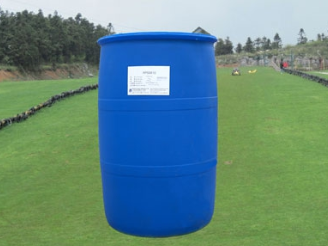It is also very important to select the appropriate amount of surfactant in the control of particle size, particle size distribution, particle shape and so on. Too much or too small amount of surfactant will affect the properties of nano ZnO to a certain extent.

The particle size of ZnO powder varies with the amount of surface modifier, and the particle size of nano ZnO will be small only when the dosage is good. This is because when the amount of surface modifier is small, there is not enough repulsion force between particles or on the surface of particles to prevent the gravitation of particles close to each other, so that agglomeration occurs. However, when the amount of surfactant is too much, there is a surplus of surfactant between the particles, which prevents the free movement between the particles, thus causing the particles to agglomerate. In addition, the binding of surfactant itself will also promote the particles to close to each other and agglomerate. It is the curve of the influence of the amount of surfactant on the particle size of nano ZnO.
The selection of suitable surface modifier plays a decisive role in the preparation of nano ZnO. The application purpose and requirements of the treated object, particle size, particle size distribution, particle morphology, surface polarity and treatment process must be considered before use.
In the process of synthesis, surfactants can act as the "soft template" of the reaction to help the crystal directional growth. Through chemical adsorption and specific crystal surface selectivity, the shape of the particles is more diversified, showing a variety of different morphology. Flower like ZnO was prepared at 200 ℃ with polyethylene glycol 220000 (peg220000) as surfactant under hydrothermal conditions, and columnar and rod-shaped ZnO could be prepared by changing surfactant to CTAB (cetyltrimethylammonium bromide) at a certain temperature. Sodium dodecyl benzene sulfonate (SDBS), sodium dodecyl sulfate (SDS) and sodium dodecyl carboxylate are often used as surfactants to prepare ZnO nanomaterials with different morphologies.
By modifying the surface of nano ZnO particles with surfactants, the dispersion of the particles can be improved or changed, and the surface activity of the particles can be improved. The new physical, chemical and mechanical properties and new functions can be produced on the surface of the particles, and the compatibility between the nanoparticles and other substances can be improved. With the further development of surfactants in the field of ultrafine powder materials, it is believed that surfactants will play a greater role in the field of nano ZnO powder materials.